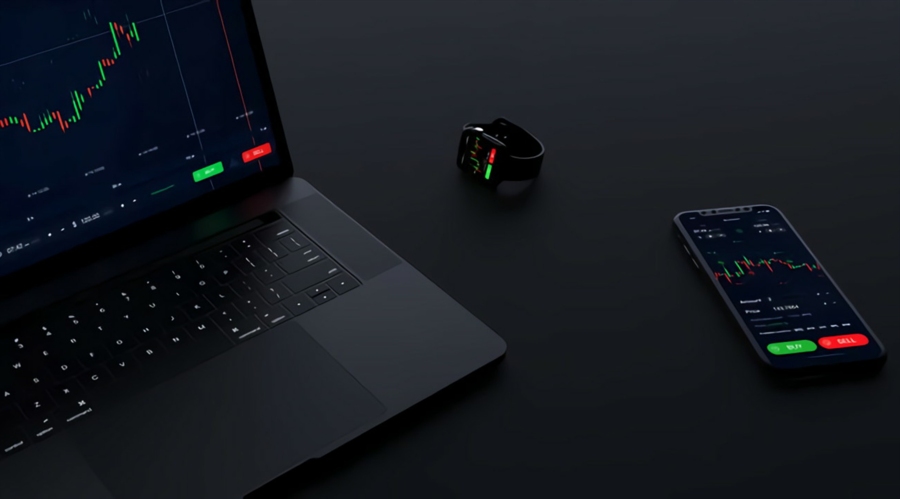Decentralized
exchanges (DEXs) have emerged as a game changer in the world of cryptocurrency.
DEXs, which are based on blockchain technology, provide a peer-to-peer trading
experience that eliminates the need for intermediaries and centralized control.
Significant
developments in DEX technology in recent years have increased their potential
to threaten traditional centralized exchanges. This article looks at the most
recent advances in DEXs and how they are changing the cryptocurrency ecosystem.
Traditional
centralized exchanges act as intermediaries, facilitating cryptocurrency
trading by matching buy and sell orders. DEXs, on the other hand, use smart
contracts and blockchain technology to enable direct peer-to-peer trading,
giving consumers control over their cash while removing the dangers associated
with centralized custody. DEXs operate on decentralized networks like Ethereum
and offer increased transparency, privacy, and security.
Technological
Progress
Liquidity
Aggregation
One of the
major issues early DEXs experienced was liquidity fragmentation, as trade
volumes were scattered across multiple platforms. However, advances in
technology in liquidity aggregation have overcome this issue. DEXs can
aggregate liquidity from numerous sources, including other DEXs and centralized
exchanges, using innovative protocols. This gives consumers access to deeper
order books and greater liquidity on par with controlled exchanges.
Automated
Market Making (AMM) Protocols
By replacing
traditional order books with liquidity pools, AMM protocols like as Uniswap and
SushiSwap have transformed DEXs. These protocols make use of algorithms to
match trades based on specified mathematical formulas.
AMMs offer
continuous and smooth trading, eliminating the need for middlemen and providing
users with enhanced market depth and efficiency. They’ve proven to be very
useful for decentralized token swaps and the establishment of new liquidity
pairs.
Cross-Chain
Compatibility
DEXs have faced
major challenges in achieving interoperability across different blockchain
networks. Cross-chain technological breakthroughs, such as blockchain bridges
and cross-chain protocols, have paved the way for seamless asset transfers and
trade across various blockchains. This allows customers to access a greater
choice of assets and liquidity, enhancing DEXs’ capabilities and potential to
compete with centralized exchanges.
Layer 2
Solutions
Scalability has
been a major challenge for DEXs,…
























